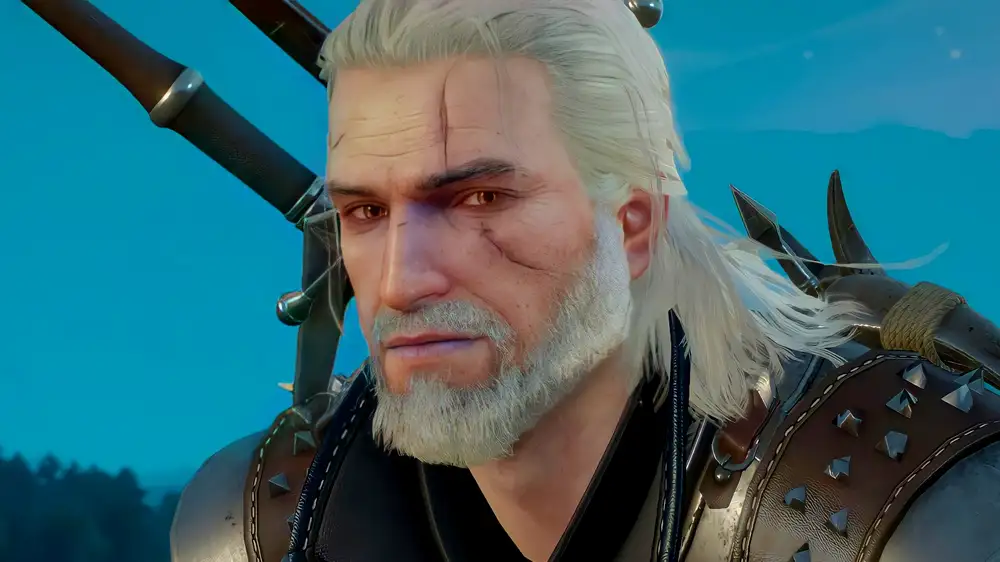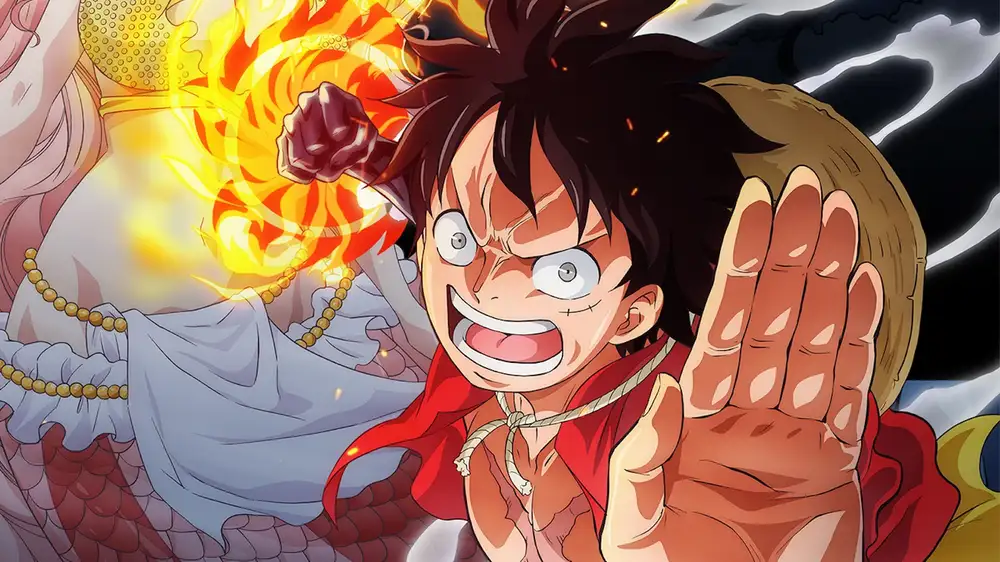On May 19, 2015, The Witcher 3: Wild Hunt was released, and open-world RPGs have never been the same since. Now, a decade later, it’s not nostalgia that keeps us talking about CD Projekt Red’s genre-defining masterpiece.
Even with 10 years of technical advancement and a parade of high-profile contenders, The Witcher 3 still hasn’t been dethroned. In the crowded pantheon of open-world action RPGs, it remains the gold standard. It’s the yardstick every new one is measured against.
There’s a reason so many games since get the “The Witcher 3, but…”, treatment – whether it’s The Witcher 3, but with guns (Cyberpunk), or The Witcher 3, but in Japan (Ghost of Tsushima). None have managed to replicate the world immersion, the storytelling depth, or the magic spark that The Witcher 3 delivered in spades. 10 years on, it still feels like it got almost everything right.
An open world of quantity and quality
When The Witcher 3 launched, the immediate highlight was the world itself. The Northern Realms aren’t just big, they are dense. Every village, forest, and backroad feels like it belongs, with a history you could reach out and touch. From war-torn Velen to the misty isles of Skellige, the open world never fell into the trap of quantity over quality. And what’s more, it all felt very hand-crafted.
Also, we can’t forget the expansions, particularly Toussaint in Blood and Wine, which is, frankly, the best-looking place in any video game ever, as I see it.
It’s a trick few games have pulled off since. Plenty have tried to outsize The Witcher 3, but bigger maps have rarely translated into better ones. Even CD Projekt Red’s own follow-up, Cyberpunk 2077, with all its neon-drenched atmosphere and unforgettable characters, couldn’t quite hit the same level of environmental storytelling.
Night City had its own strengths: more verticality, tighter urban sprawl. But the world itself did feel more like a backdrop than a living, breathing place, by comparison. That’s where The Witcher 3 still leads: its open world doesn’t just exist for you to explore, it’s to be believed in.
Quests with consequence
It’s easy to praise The Witcher 3 for its big-ticket features – cinematic cutscenes, monster-hunting mechanics, moody art direction – but the heart of the game lies in its quests, and especially the minor ones. The main story certainly delivered some of the most memorable moments in RPG history (the Bloody Baron questline alone is still mentioned in every ‘best quests ever’ conversation), but the countless side quests never felt like filler.
These weren’t just distractions, they were fully realized stories. Choices carried weight. NPCs remembered your decisions. Even the contracts, ostensibly just monster-of-the-week jobs, often had surprising moral nuance.
Few games have matched this kind of narrative density. Kingdom Come: Deliverance II, which was released earlier in 2025 and which I have poured over 100 hours into, comes closer than most. It definitely scratches the same itch with dense worldbuilding and grounded combat, and has been described as “having a Witcher 3 moment.”
But while Kingdom Come excels at historical authenticity and slow-burn roleplay, it doesn’t quite deliver the same sense of emotional immersion. It’s a game I love, but I don’t feel as deeply connected to its characters or stories as I did with Geralt and company. It doesn’t have that same indescribable magic spark.
Beauty that hasn’t aged
Visually, The Witcher 3 was ahead of its time in 2015, and thanks to the 2022 next-gen update, it still looks stunning in 2025. The sunsets over Novigrad, the fog rolling through Crookback Bog, the stark beauty of Kaer Morhen in winter, all of it holds up remarkably well, even by today’s standards.
I play on PC, and there are also numerous mods that up the detail on textures and lighting improvements.
Other games have certainly surpassed it in technical fidelity. Red Dead Redemption 2, Horizon Forbidden West, and Elden Ring all delivered great visuals in their own right. But none of them combined graphical polish with such consistent artistic direction. The Witcher 3 wasn’t just pretty, it was evocative. Every frame could have been a painting, but it never felt artificial or showy. It just fits.
Over the past decade, the RPG genre has had its share of ambitious releases. From Assassin’s Creed Origins reinventing Ubisoft’s formula, to Elden Ring redefining the soulslike open-world design, there’s no shortage of great experiences. Cyberpunk 2077, after its rocky start, matured into a game worthy of its studio’s pedigree.
Horizon Zero Dawn and its sequel offered engaging sci-fi worlds and a stellar story. Baldur’s Gate 3, released in 2023, was a landmark CRPG that brought classic D&D storytelling into the mainstream.
And yet, none of them have managed to replace The Witcher 3 as the benchmark. Each does some things better. Maybe Elden Ring beats it in freedom and mystery. Perhaps Cyberpunk 2077 was more ambitious. But none match the total package: story, world, gameplay, immersion.
10 years is a long time in gaming. Franchises rise and fall, studios stumble, and trends shift. But The Witcher 3 endures. It remains one of the few games that can be described as timeless without exaggeration. Whether you’re playing it for the first time or the fifth, it still pulls you in.

 ASUS ROG al Computex 2025 con tastiera, mouse e sedie per il gaming
ASUS ROG al Computex 2025 con tastiera, mouse e sedie per il gaming